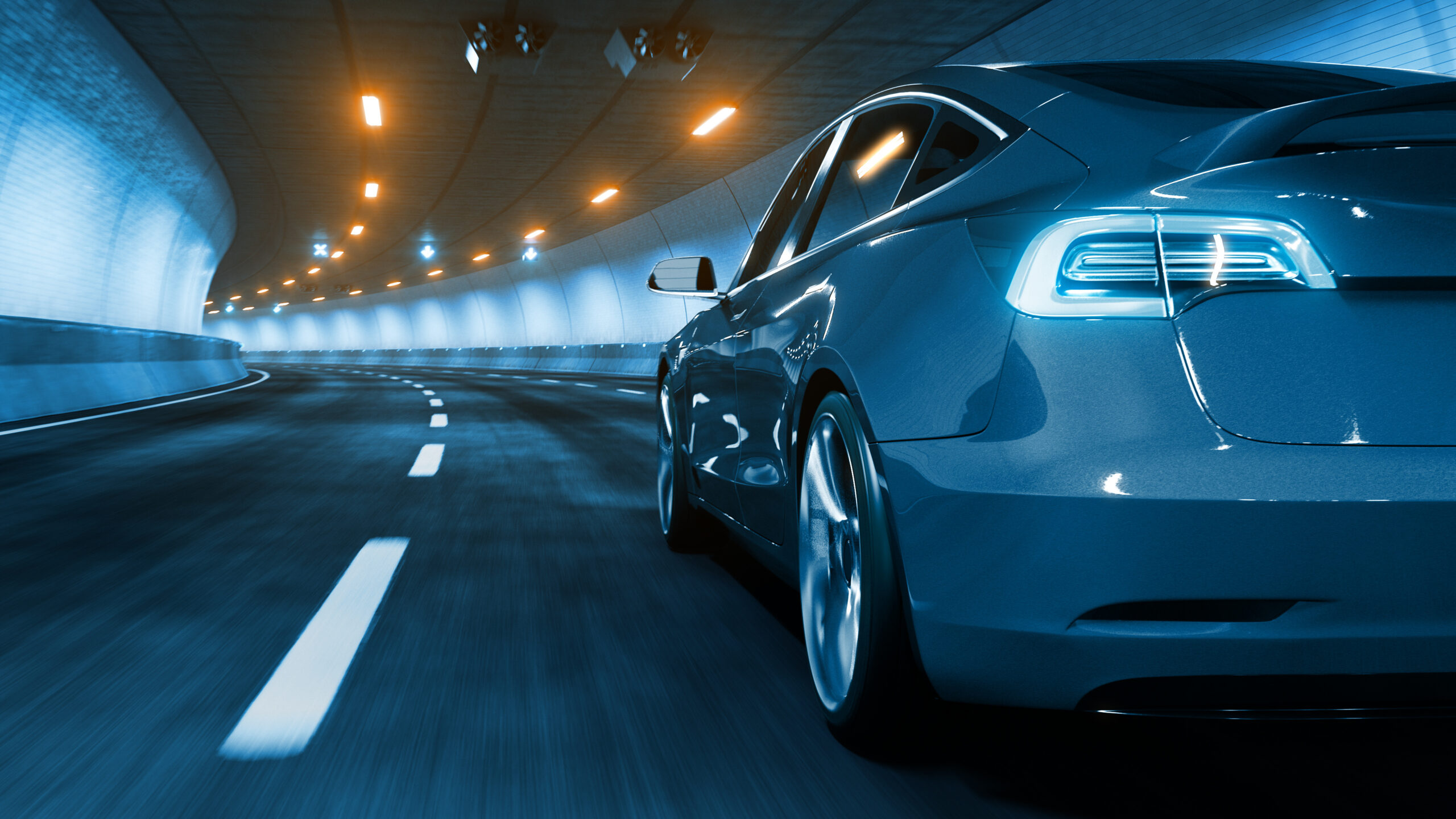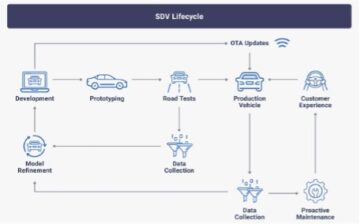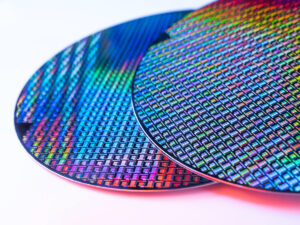
A technical paper titled “Simultaneous Localization and Mapping (SLAM) for Synthetic Aperture Radar (SAR) Processing in the Field of Autonomous Driving” was published by researchers at Ulm University.
Abstract:
“Autonomous driving technology has made remarkable progress in recent years, revolutionizing transportation systems and paving the way for safer and more efficient journeys. One of the critical challenges in developing fully autonomous vehicles is accurate perception of the surrounding environment. Radar sensor networks provide a capability for robust environmental detection. It become apparent that the principle of a synthetic aperture radar (SAR) can be employed not only in the field of earth observation but also increasingly in the field of autonomous driving. With the help of radar sensors mounted on vehicles, huge synthetic apertures can be created and thus a high angular resolution is achieved, which ultimately allows detailed images to be obtained. Increasing image quality, however, also increases the demands on position accuracy and thus the localization of the vehicle in the map. Since relative localization accuracies in the millimeter range over long trajectories cannot be achieved with conventional Global Navigation Satellite Systems (GNSS) so-called simultaneous localization and mapping (SLAM) algorithms are often employed. This paper presents a purely radar-based SLAM algorithm, which allows high-resolution SAR processing in the automotive frequency domain of 77 GHz. The presented algorithm is evaluated by measurements for trajectories with a length of up to 500 m and a measurement duration of more than two minutes.”
Find the technical paper here. Published December 2023.
T. Grebner, R. Riekenbrauck and C. Waldschmidt, “Simultaneous Localization and Mapping (SLAM) for Synthetic Aperture Radar (SAR) Processing in the Field of Autonomous Driving,” in IEEE Transactions on Radar Systems, vol. 2, pp. 47-66, 2024, doi: 10.1109/TRS.2023.3347734.
Related Reading
How Many Sensors For Autonomous Driving?
Sensor technologies are still evolving, and capabilities are being debated.
Gearing Up For Level 4 Vehicles
Autonomy will likely come in different stages of L3+. What’s missing, and which technology and business challenges need to be solved.
- SEO Powered Content & PR Distribution. Get Amplified Today.
- PlatoData.Network Vertical Generative Ai. Empower Yourself. Access Here.
- PlatoAiStream. Web3 Intelligence. Knowledge Amplified. Access Here.
- PlatoESG. Carbon, CleanTech, Energy, Environment, Solar, Waste Management. Access Here.
- PlatoHealth. Biotech and Clinical Trials Intelligence. Access Here.
- Source: https://semiengineering.com/radar-based-slam-algorithm-ulm-university/
- :has
- :is
- :not
- $UP
- 10
- 2023
- 2024
- 500
- 77
- a
- accuracy
- accurate
- achieved
- algorithm
- algorithms
- allows
- also
- and
- Angular
- apparent
- ARE
- At
- automotive
- autonomous
- autonomous vehicles
- BE
- become
- being
- business
- but
- by
- CAN
- cannot
- capabilities
- capability
- challenges
- come
- conventional
- created
- critical
- December
- demands
- detailed
- Detection
- developing
- different
- domain
- driving
- duration
- earth
- efficient
- employed
- Environment
- environmental
- evaluated
- evolving
- field
- For
- Frequency
- fully
- Global
- help
- here
- High
- high-resolution
- However
- HTTPS
- huge
- IEEE
- image
- images
- in
- Increases
- increasing
- increasingly
- IT
- Journeys
- Length
- Level
- level 4
- likely
- Localization
- Long
- made
- many
- map
- mapping
- measurement
- measurements
- minutes
- missing
- more
- more efficient
- Navigation
- Need
- networks
- New
- observation
- obtained
- of
- often
- on
- ONE
- only
- open
- over
- Paper
- Paving
- perception
- plato
- Plato Data Intelligence
- PlatoData
- position
- presented
- presents
- principle
- processing
- Progress
- provide
- published
- purely
- quality
- R
- radar
- range
- recent
- relative
- remarkable
- researchers
- Resolution
- Revolutionizing
- robust
- safer
- satellite
- sensor
- sensors
- simultaneous
- since
- solved
- stages
- Still
- Surrounding
- synthetic
- Systems
- Technical
- Technologies
- Technology
- than
- that
- The
- this
- Thus
- titled
- to
- Transactions
- transportation
- two
- Ultimately
- university
- vehicle
- Vehicles
- was
- Way..
- which
- will
- with
- years
- zephyrnet












